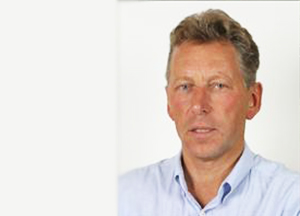
Francois Peeters, University of Antwerp
Strongly correlated quantum phases are at the focal point of many-body physics. An important subgroup are those were fermionic pairing leads to effective Bose particles that are allowed to condense into a quantum fluid. The study of Bose condensation dates back more than half a century ago. I will present a short overview of the current status and discuss new directions.
Spatially indirect excitons are promising candidates for realizing superfluidity and Bose-Einstein condensation in solid state devices. Another exotic phase is a quantum supersolid where a rigid lattice of particles flows without resistance. Within a mean-field approach we have determined the phase diagram** for the occurrence of Wigner crystal, exciton superfluid and exciton supersolid in the case of spatially indirect excitons in a double layer semiconductor heterostructure.
*Work in collaboration with: S. Conti, D. Neilson, M. Milosevic, A. Perali, A. Hamilton, S. Conti et al., Phys. Rev. Lett. 130, 057001 (2023).
About the presenter
Prof Francois Peeters is a member of FLEET’s International Scientific Advisory Committee. He leads the Condensed Matter Theory Group at the University of Antwerp and also distinguished Professor at Yunnan University. Prof Peeters has made seminal contributions in areas of meso- and nano-physics of semiconductors, two dimensional materials and superconductors. Currently, his interest is in two-dimensional atomic thin materials and the application of those materials in excitonic superfuidity and nanofluiditics. He is Fellow of the European Physical Society and of the American Physical Society. He is also a member of the Royal Flemish Academy of Belgium and of the Academia Europea.
